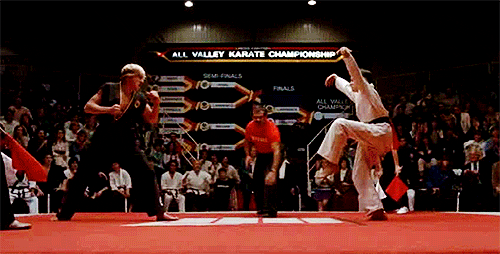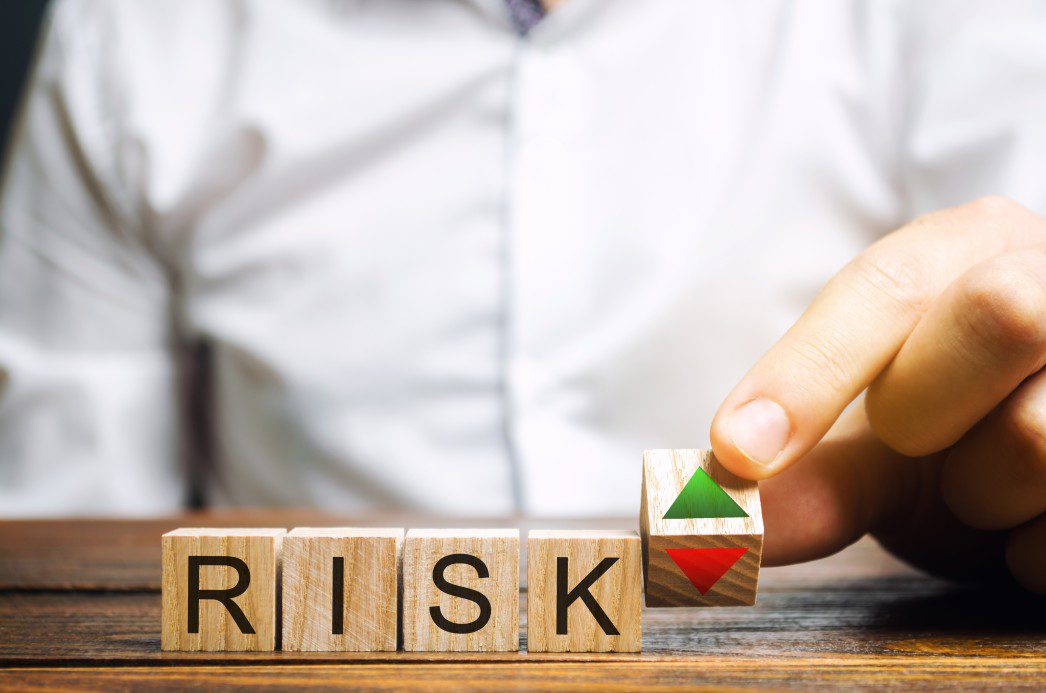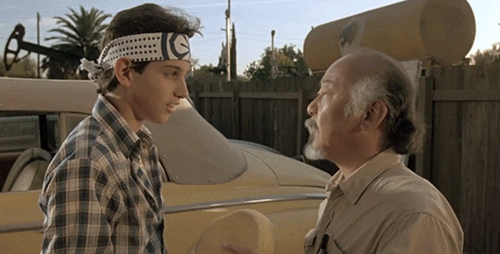Lessons Learned from Cobra Kai

WARNING: Cobra Kai Spoilers Ahead
Have you heard of the phrase “Keep your friends close, but your enemies closer”?
In a highly competitive market, this phrase could become very important for the growth and success of your company. The idea of keeping your enemies close means staying aware of both their strategies and their tactics in the marketplace so as to stay a step ahead, or at least in step with the competition. But what if companies flipped this phrase on its head and not just kept their competitors close but actually worked with their rivals?
Competitors don’t always have to be THE ENEMY. If a symbiotic relationship can be had (i.e. value can be obtained by both companies through the relationship), it may be worth avoiding the “Strike First, Strike Fast, Strike Hard” mentality and instead, consider Striking up a collaboration.
As we saw in the show, after numerous periods of combativeness, differences of opinion, invalidated assumptions (i.e. variances of the truth taken as fact), resources changing dojos, the season 3 finale saw a bringing together of the Miyagi Do and Eagle Claw dojos under the combined tutelage of their respective, charismatic leaders.

In the real world, this idea may seem risky and scary (as presumably, it did to both Daniel and Johnny), but it could have the potential to both strengthen and grow your organization through reduced costs, an expansion of product/service offerings, growth in customer bases, and a quicker time to market. This concept of working with competitors could be considered counter-intuitive when you think of today’s highly competitive market. As John Kreese would undoubtedly support, eliminating the competition is the best way to show dominance and capture market share. Let’s see how this has worked in the real world before wrapping up with a final commentary on the show.
Real-World Collaboration
Over the last few years, Toyota and Ford worked together to create a hybrid vehicle. Both automobile manufacturers competed against each other yet, they assessed the risk and found collaboration to be more successful than not collaborating at all. In this situation, both companies had the opportunity to make use of each other’s strengths and create a fuel-efficient vehicle to market to their consumers. Not only did this create mutual profit growth for Toyota and Ford, but it also helped the environment (and increased both company’s reputations). Some people may think that working with a competitor creates a massive risk of sharing company secrets or tactics and must ultimately decide whether working with a rival is worth that risk.
Is it Worth the Risk?
As with proper Risk Management, an evaluation of the probability and impact of the risks associated with the prospective partnership needs to be assessed. Protective measures can be put in place (e.g. non-disclosure agreements, intellectual property provisions, drafting penalties for breaking of agreements) before embarking on this collaboration journey. A look at the strengths of both parties and the gaps they will be able to fill for the other party is an important step. If one company perceives they are filling in more holes than their counterpart, the relationship can turn sour quickly.

The goal here would be to strive for a win-win solution where each company believes the value they are getting from the alliance is greater than (a) trying to go at it alone or (b) the risks that could result from coming together. As you are contemplating whether to break out of the status quo and make this leap into unchartered territories, keep an open mind. For some, not capitalizing on an opportunity will haunt them more than the risk of trying something and failing. Failure is a great learning lesson. Fear Does Not Exist in This Dojo!.

Final Thoughts on the Show
While it will take season 4 of Cobra Kai to tell us whether the collaboration between Daniel LaRusso and Johnny Lawrence was successful, we can already see the makings of these efficiencies being realized at the end of the third season. The Eagle Claw dojo was practicing in the public park as they had no funds to secure a brick and mortar location in the high priced, California real estate market. Now they get to practice at the Miyagi Do dojo where Daniel first learned to Paint the Fence and Wax on, Wax Off.

In addition to the numbers of both dojos doubling with this new partnership, the knowledge share should be tremendous. Not only will both groups have the opportunity to learn new strategies and techniques from karate masters, but they will be able to use different insight and perspective in brainstorming ways to combat their shared enemy, the Cobra Kai dojo. The Enemy of My Enemy is My Friend.
Conclusion
Hopefully, you were able to see some parallels from the Netflix show Cobra Kai and the real world when it comes to deciding on whether to work with rivals. I would love to hear your opinion, or experience, with this concept as well as any theories you might have on Season 4 of the show!
Drop me a line at kreynolds@arrowheadconsulting.com.
Next, check out our blog on Risk Mitigation Strategies!

